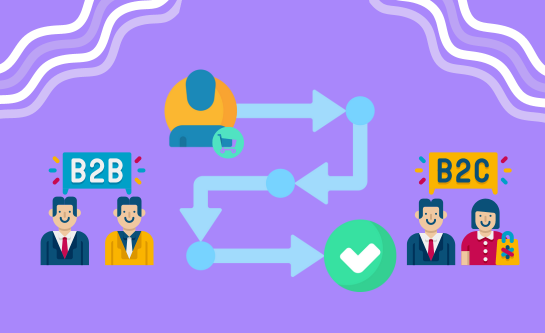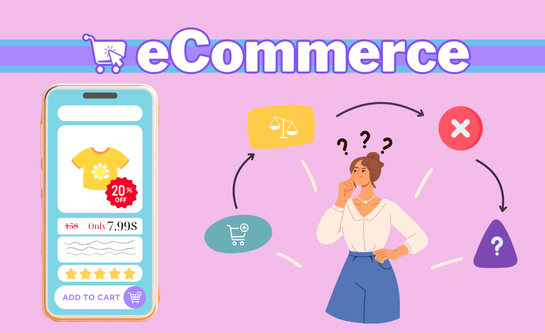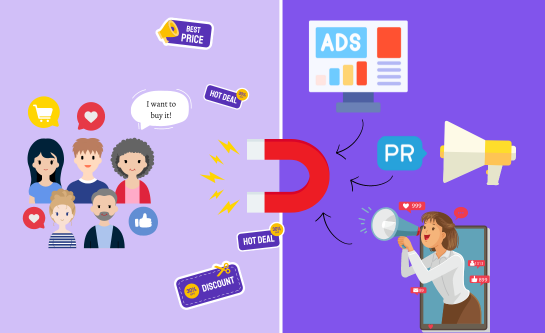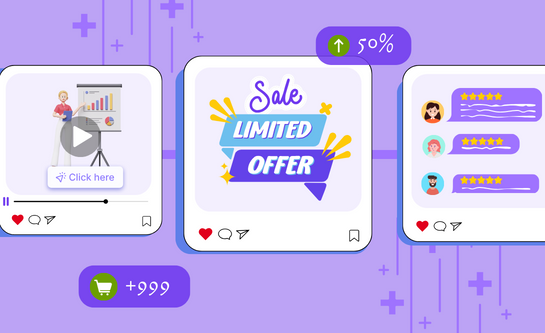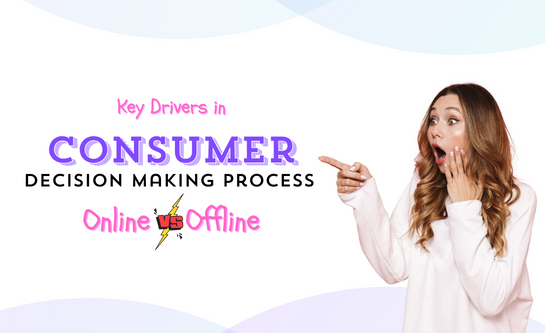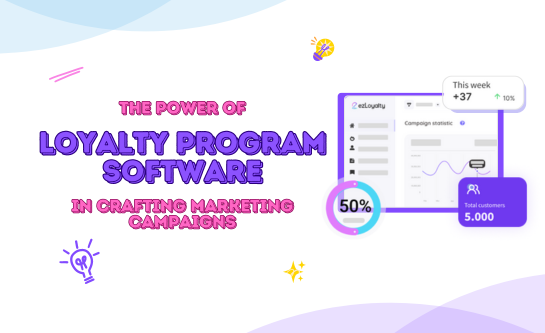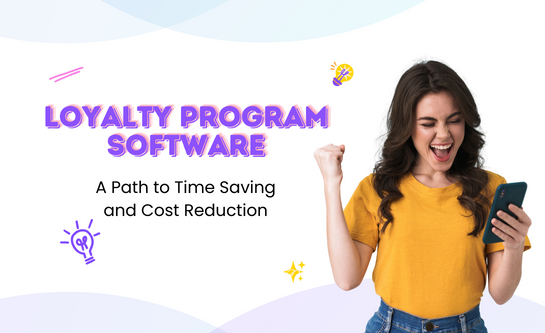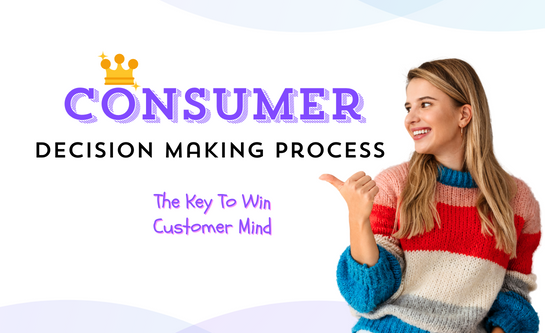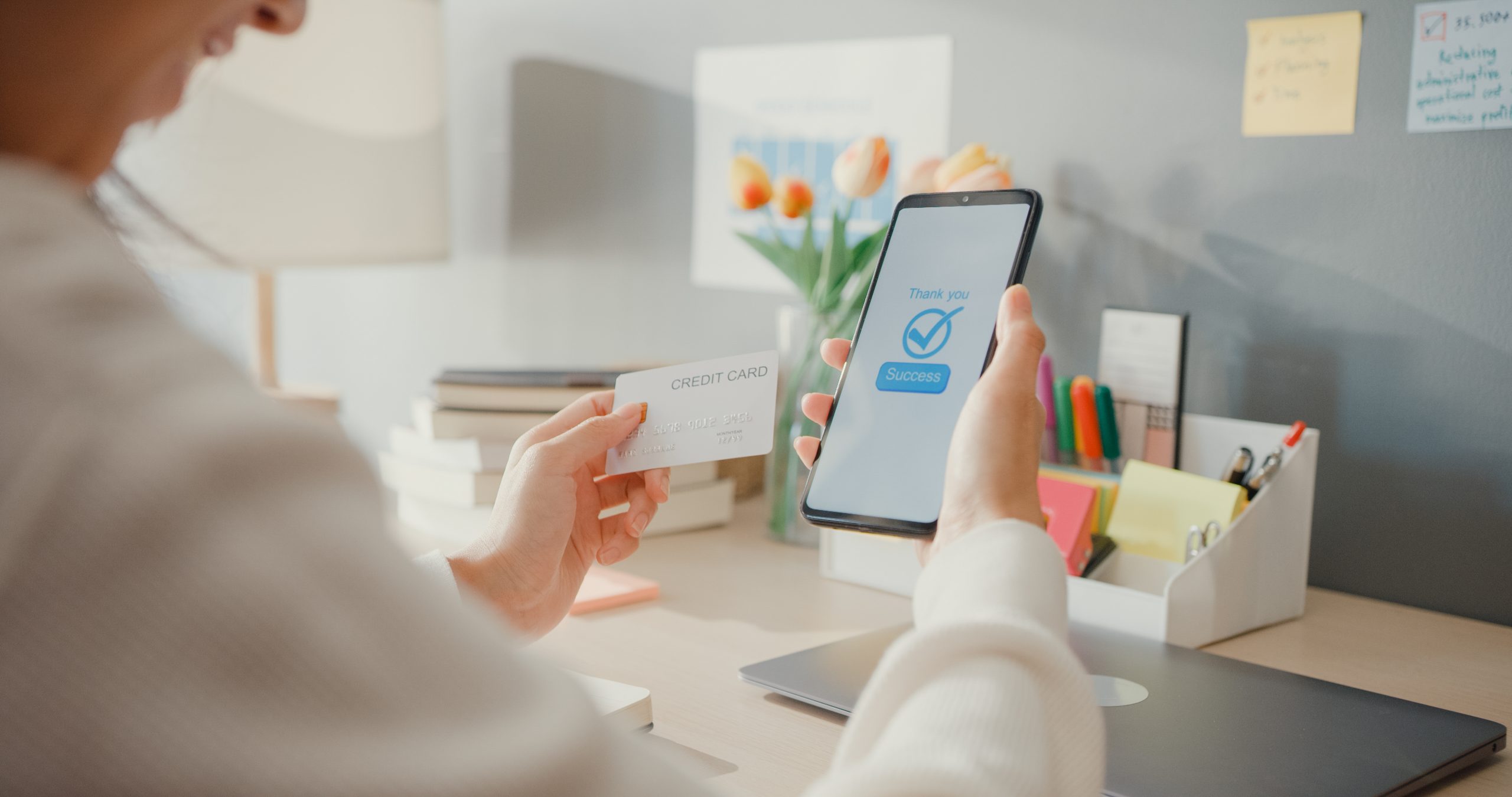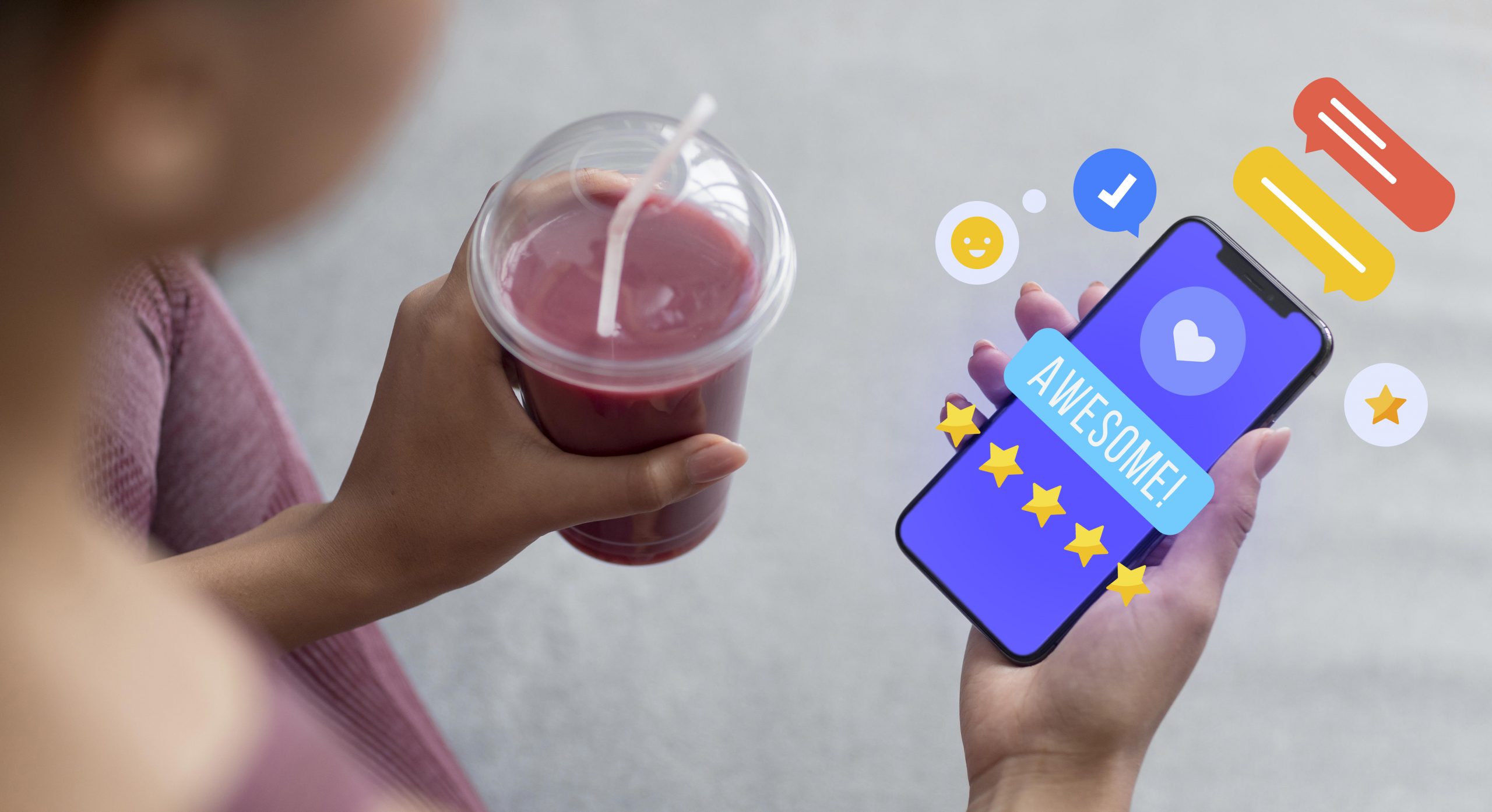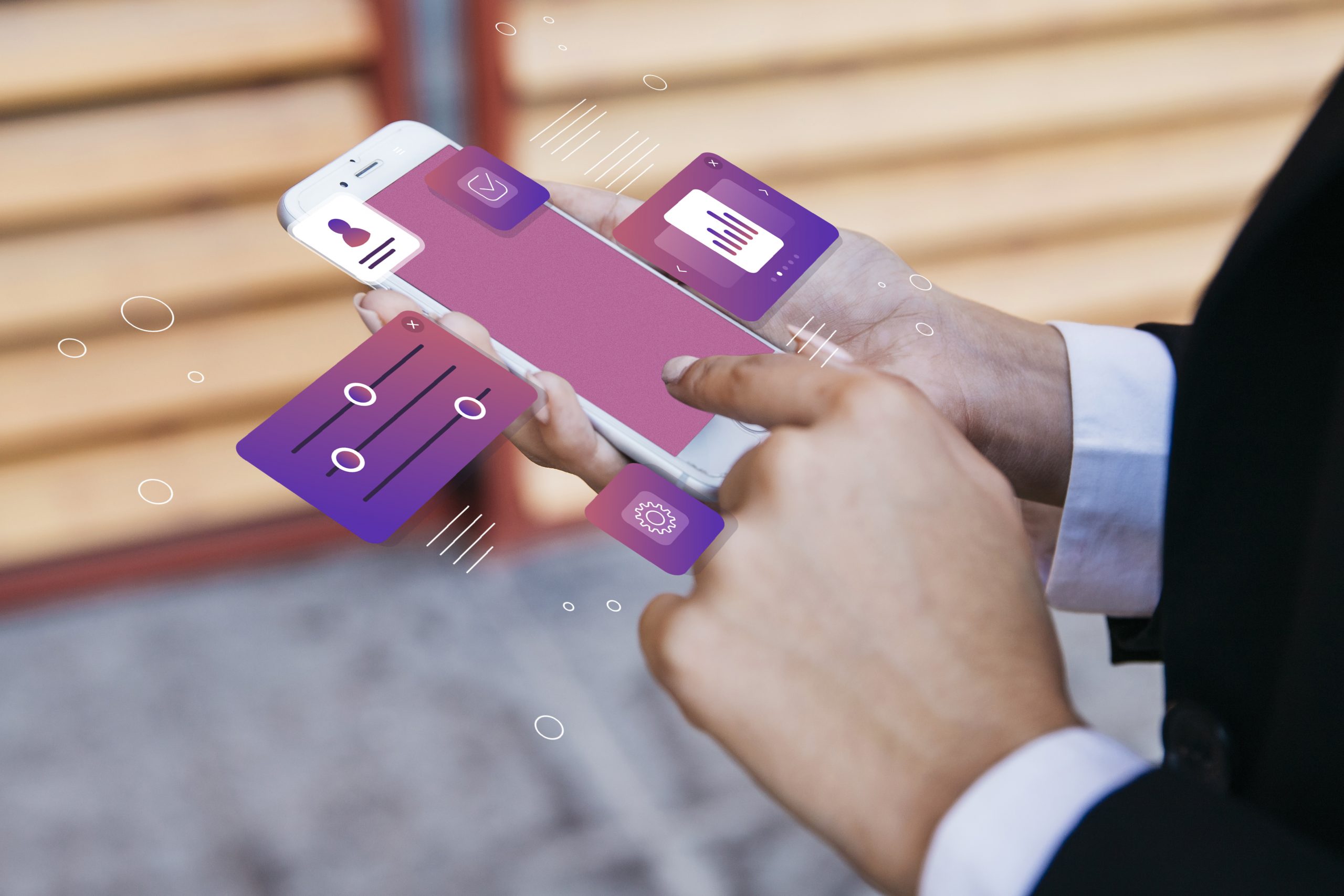Zero-Party Data: The Hidden Treasure of Loyalty Programs
 Oct 05th, 2023
Oct 05th, 2023
 612 views
4 MINS READ
612 views
4 MINS READ
In today’s digital age, data is the new gold rush. Every company is looking to collect as much data as possible on their customers. However, with the increased awareness of data privacy, customers are becoming more cautious about sharing their personal information. One of the best ways to collect valuable customer data is through loyalty programs. This is where zero-party data comes in – it’s the holy grail of data collection that offers a win-win situation for both businesses and customers. Loyalty programs are a proven method of incentivizing customers to engage with your business, and they can also be a highly effective tool for collecting zero-party data.

How Zero-Party Data Differs From First, Second, Third-Party Data
1. Zero-party data
Zero-party data is a type of customer data that is intentionally and proactively shared with a brand. The key difference between zero-party data and other types of data such as first, second, and third-party data is that the customer willingly provides detailed personal information and purchase intentions to the brand. This is done with the expectation of receiving a more personalized and relevant customer experience. Zero-party data provides greater personal context as to why a customer is engaging with a brand, making it a valuable asset for businesses looking to improve their marketing efforts and customer relationships.
An excellent example of zero-party data is a communication preference center, which allows customers to choose how they want to be marketed to. A well-designed preference center, coupled with a sound strategy, can help a brand better segment its customers, personalize the customer experience, and ultimately build a more meaningful relationship with its audience. By proactively sharing their information, customers are signaling their interest and intent, providing valuable insights for brands to better understand and serve their needs. In the end, zero-party data provides a unique and powerful opportunity for brands to deepen their understanding of their customers and deliver better experiences that drive loyalty and revenue.
2. First-party data
First-party data is customer data that is collected directly by a brand through its own channels. This can include standard customer interactions such as online purchases, in-store transactions, and other touchpoints. For instance, a running shoe brand can obtain a customer’s personal and transactional details, such as their name, email address, mobile number, and purchase history when they buy a pair of shoes from the brand’s online or in-store point-of-sale system. By collecting first-party data, brands have access to the most accurate and reliable information about their customers, enabling them to create personalized experiences and targeted marketing campaigns that resonate with their audience. Overall, first-party data is a valuable asset for businesses looking to build stronger customer relationships and drive growth.
3. Second-Party Data (2P Data)
Similar to first-party data, second-party data is collected from customers, but not by your business directly. Instead, it’s data you get from a trusted source, like a partner. This data can include personal information, demographics, website activity for the partner’s website, feedback surveys, and more. Since you have a direct, trusted relationship with the partner, the data is considered reliable and of high quality.
4. Third-Party Data (3P Data)
Third-party data is entirely different from other types of data. It’s usually obtained from ad platforms and aggregators and includes data such as demographics, firmographics, and buyer signals. This data is not directly collected from customers, but from multiple sources, combined into a single dataset, and sold to businesses. Because of how this data is captured, it’s impossible to know if it’s accurate and reliable.
Adding Zero-Party Data (0P Data) to the Mix
So where does zero-party data fit in? Zero-party data is one of the best data sources available because it comes directly from the customer, providing information on how the customer wants to engage with the brand. When combined with first-party data, businesses can create highly personalized experiences with greater accuracy.
It’s important to note that zero-party data is given freely, which means businesses have permission to use it to personalize offers, content, and other experiences. With increasing privacy regulations and customers becoming more particular about how their data is collected and used, having access to zero-party data is crucial for businesses to build trust with their customers and create valuable, relevant experiences.
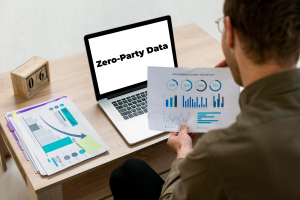
Why is Zero-Party data important?
Zero-party data is important because it allows brands to gain explicit information about their customers and their purchase intentions directly from the source. This information enables brands to deliver personalized and relevant experiences that meet the expectations of modern customers. By giving customers control over what information they share and how much of it they share, brands can increase the likelihood of customers sharing valuable insights.
Zero-party data strategies also provide a more accurate picture of customer profiles and preferences, which can lead to more effective and cost-efficient marketing. Brands can avoid making assumptions based on incomplete or inferred data and instead use zero-party data to create a more meaningful and personalized experience for their customers.
Brands that adopt a zero-party data strategy to improve the customer experience stand to benefit in two ways: they will learn more about their customers and sell more to them. By becoming more valuable and trusted to their customers, these brands can establish a competitive advantage in the marketplace. In contrast, brands that neglect the shift towards a customer-centric approach risk being left behind.
How can companies encourage customers to share their zero-party data?
The answer lies in loyalty programs. Loyalty programs are a great way to incentivize customers to provide you with their data. By offering rewards and discounts, customers are more likely to share their personal information with you.
Here are some tips for collecting zero-party and first-party data with loyalty programs:
- Communicate the Benefits: It’s essential to communicate the benefits that customers will receive by sharing their data. Companies should clearly communicate how the data will be used and how it will improve the customer’s experience.
- Build Trust: Companies must ensure that customers trust them to use their data responsibly. Customers should be given control over their data and informed about how it is being used.
- Make it worth their while: Offer valuable rewards and discounts in exchange for data. The more valuable the reward, the more likely your customers will be to provide you with their data. For example, offer a special discount for the next purchase, exclusive content, or early access to new products.
- Keep it simple: Make the data collection process easy and straightforward. Customers are more likely to participate if the process is quick and simple. Use customer information request forms that are easy to understand and require minimal effort.
- Personalize the experience: Use the data you collect to personalize the customer experience. By understanding your customers’ preferences, you can tailor your marketing efforts to their needs. For instance, if you know that a customer is interested in a particular product or service, you can send them personalized recommendations or discounts related to it.
- Be transparent: Let customers know how their data will be used and stored. Transparency can help build trust and encourage more customers to participate. Ensure that you clearly communicate what data you are collecting and how it will be used. Also, make sure that you adhere to data privacy laws, such as the GDPR and CCPA.
- Use the data wisely: Once you have collected the data, use it wisely. Use the insights you gain to improve your marketing strategies and create more personalized customer experiences. You can segment your customers according to their behavior or preferences, and then create targeted campaigns based on these segments.
In conclusion, loyalty programs can be a great way to collect zero-party data. By offering valuable rewards and keeping the process simple and transparent, you can incentivize customers to share their personal information with you. Use the data you collect to improve your marketing strategies and create more personalized customer experiences. The hidden treasure of loyalty programs is waiting to be discovered – so start collecting data today!
 Back to blog page
Back to blog page



























